Whitney Biennial 2014: Michelle Grabner on the Fourth Floor
During the opening remarks for the 2014 Whitney Biennial, Whitney Chief Curator Donna de Salvo said that this year's exhibition was "one biennial with three distinct points of view," so we've decided to explore that diversity in perspectives with three separate photo essays of the Biennial — one per

During the opening remarks for the 2014 Whitney Biennial, Whitney Chief Curator Donna de Salvo said that this year’s exhibition was “one biennial with three distinct points of view,” so we’ve decided to explore that diversity in perspectives with three separate photo essays of the Biennial — one per floor and curator.

Today, we start with Michelle Grabner’s display on the fourth floor, which was the most tightly curated and coherent of the three.
While Grabner’s introductory wall text was a little off-putting — she “considered the job of organizing the Biennial as being more ‘curriculum building’ than curating,” whatever that means — her selections were attractive, conceptually interesting, and fearless in its integration of porcelain, ceramic, and more painting than we’ve been accustomed to seeing at recent Whitney Biennials.
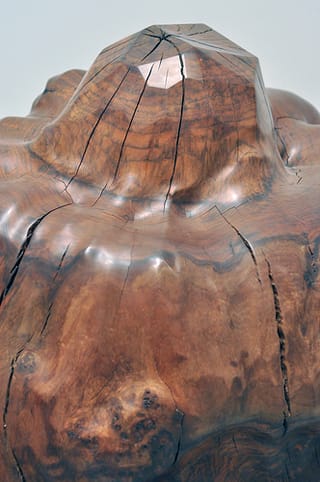
If Grabner’s decision to include rather lackluster notebooks of author David Foster Wallace seemed odd, her general exploration of who is an artist nowadays was quite fascinating. Do Wallace’s scribblings offer us a largely ignored visual dimension to his writings or are they simply the relics of his literary output?
When Philip Vanderhyden re-creates Gretchen Bender’s “People in Pain,” which was originally made in 1988, should we see the result as a collaboration or an homage by one towards the other? And what about Donelle Woolford’s riff on Richard Prince’s Joke paintings? Woolford’s versions highlight the social history of jokes by emphasizing the fact they’re transformed by each teller in a simple gesture of cultural appropriation. The joke is further complicated by the fact that Woolford herself is a fictional character made up by Joe Scanlan, a riff on the idea of the artist itself.
Grabner’s selections also take a serious look at abstract painting by women artists, who compete in the traditionally male-dominated world of American abstract painting by marking their territory through paint. I can’t remember the last time I’ve seen such a boisterous conversation between contemporary female painters in a major museum. Works by Amy Sillman, Louise Fishman, Jacqueline Humphries, and Molly Zuckerman-Hartung, to name a few, are central to this artistic dialogue.
The most haunting work on the fourth floor was Zoe Leonard’s room-sized camera obscura (it was the only work on the floor curated by Anthony Elms and not Grabner). Though the work did not seem like much to the human eye, my camera lens captured a magical view of the outside world projected into the darkened room.
In the coming days we’ll publish photo essays from the other floors, and we’ll certainly discuss the threads and ideas that emerge throughout the Biennial, but until then enjoy our small visual tour of the fourth floor.

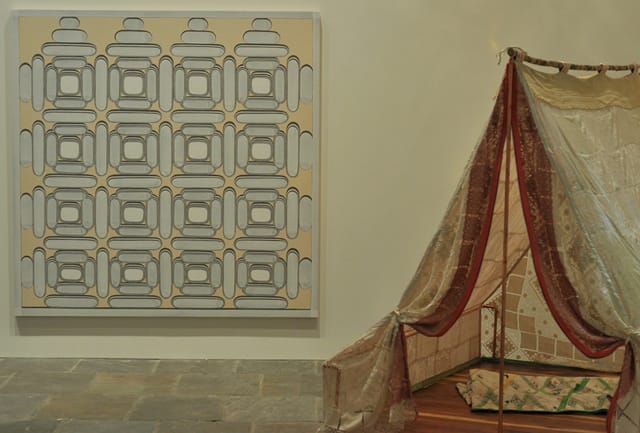
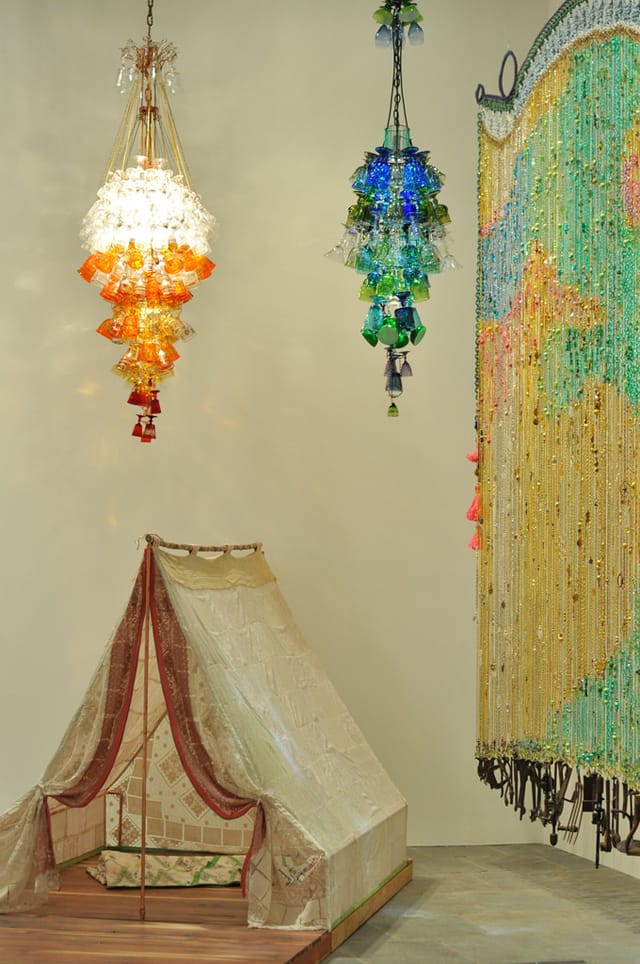

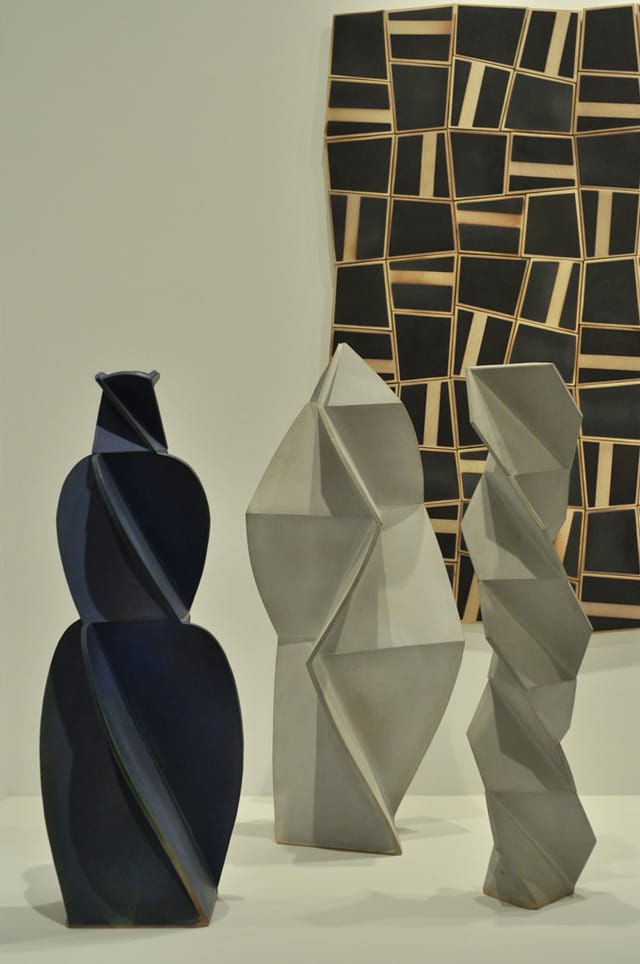

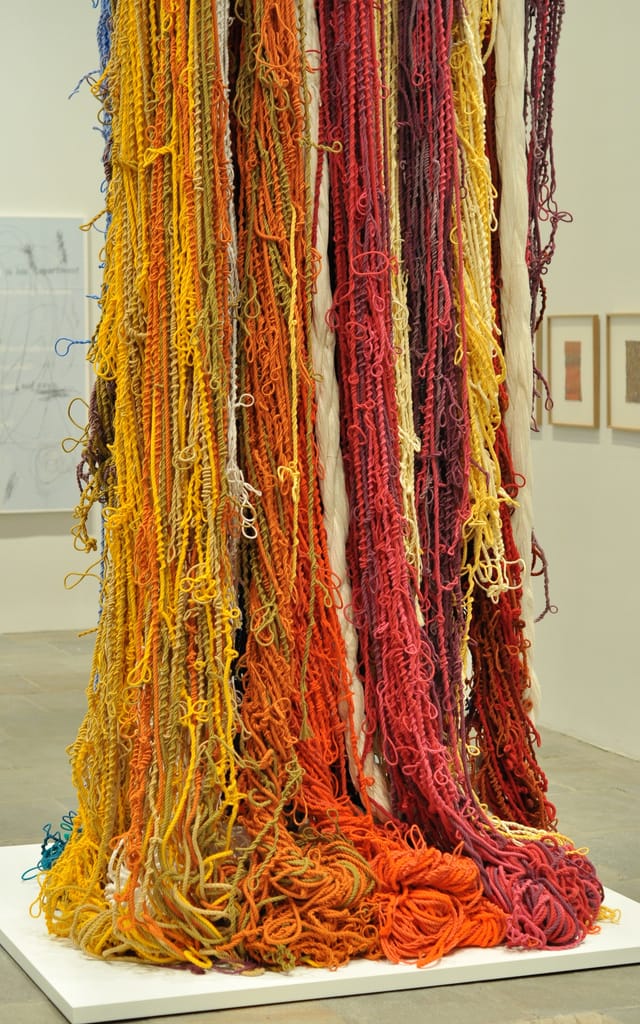
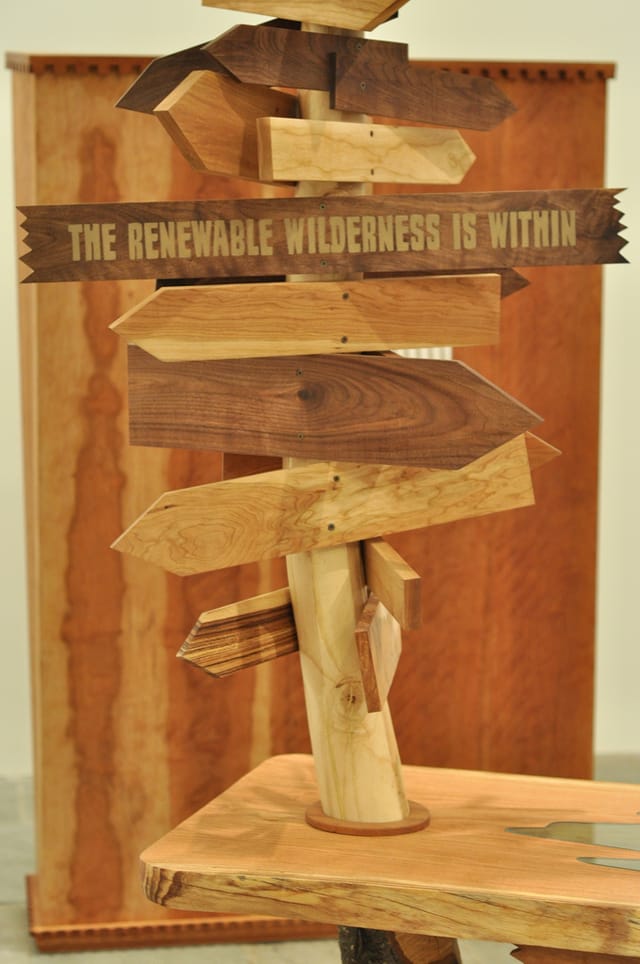
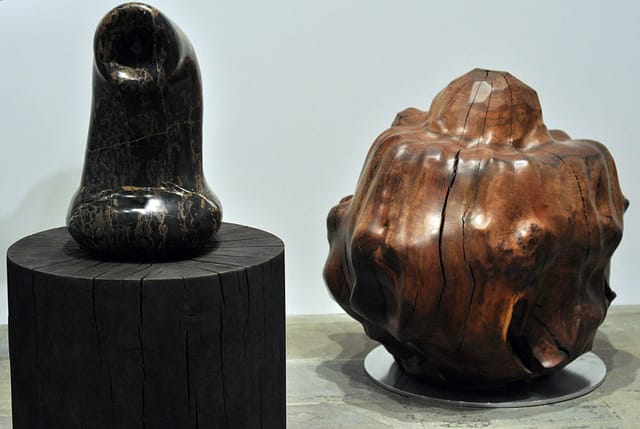


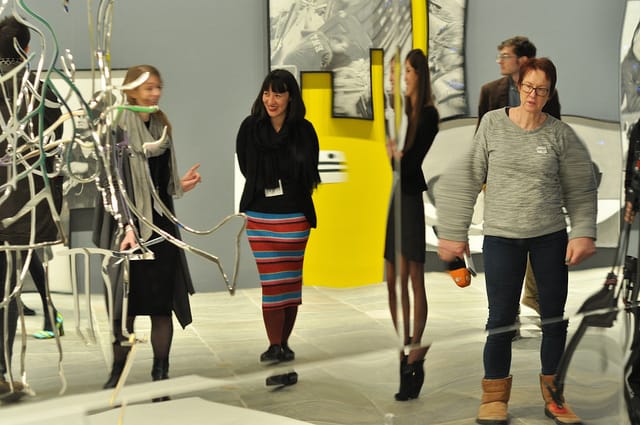

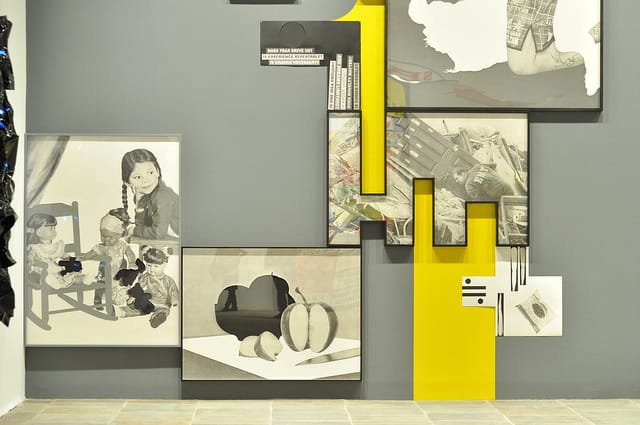

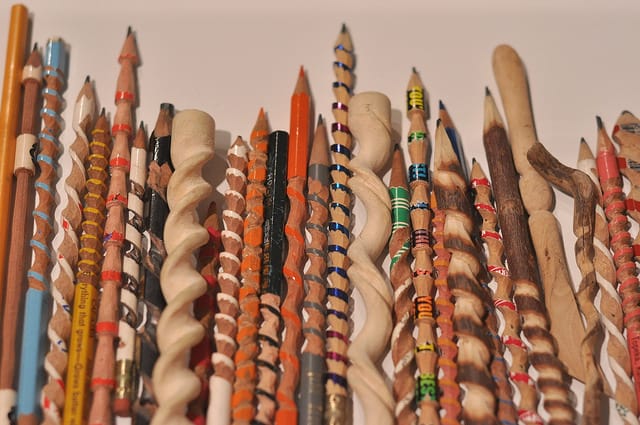


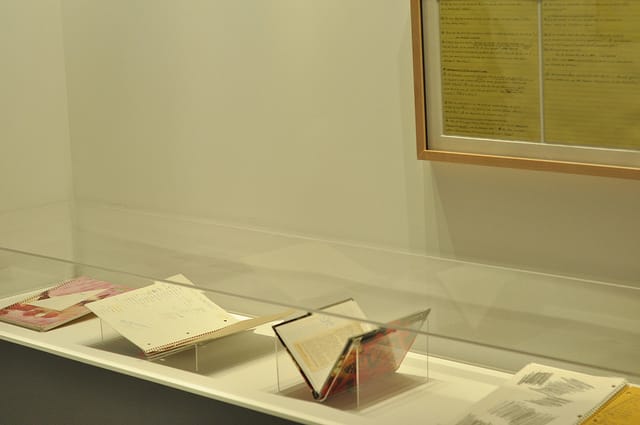


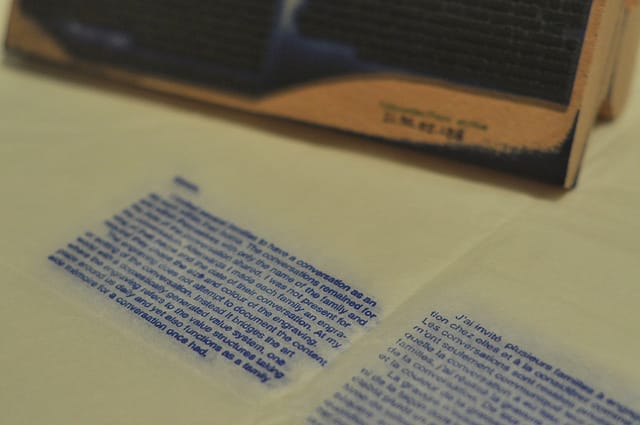
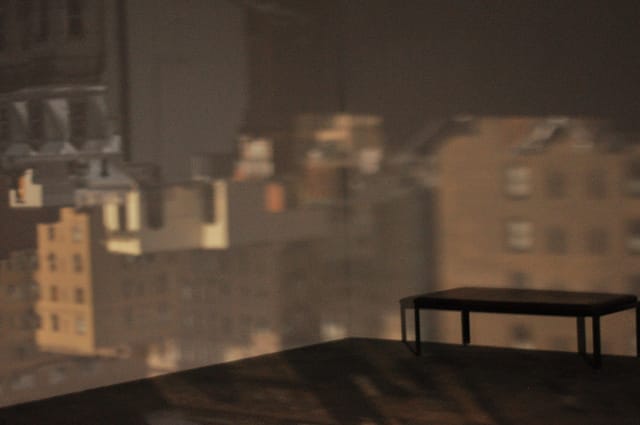
The 2014 Whitney Biennial opens Friday, March 7 at the Whitney Museum (945 Madison Avenue, Upper East Side, Manhattan) and continues until May 25.





